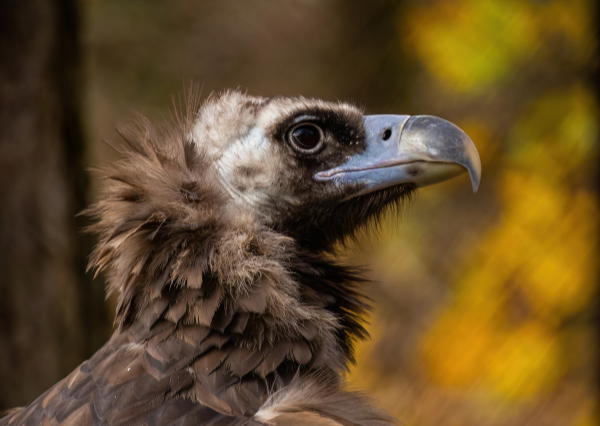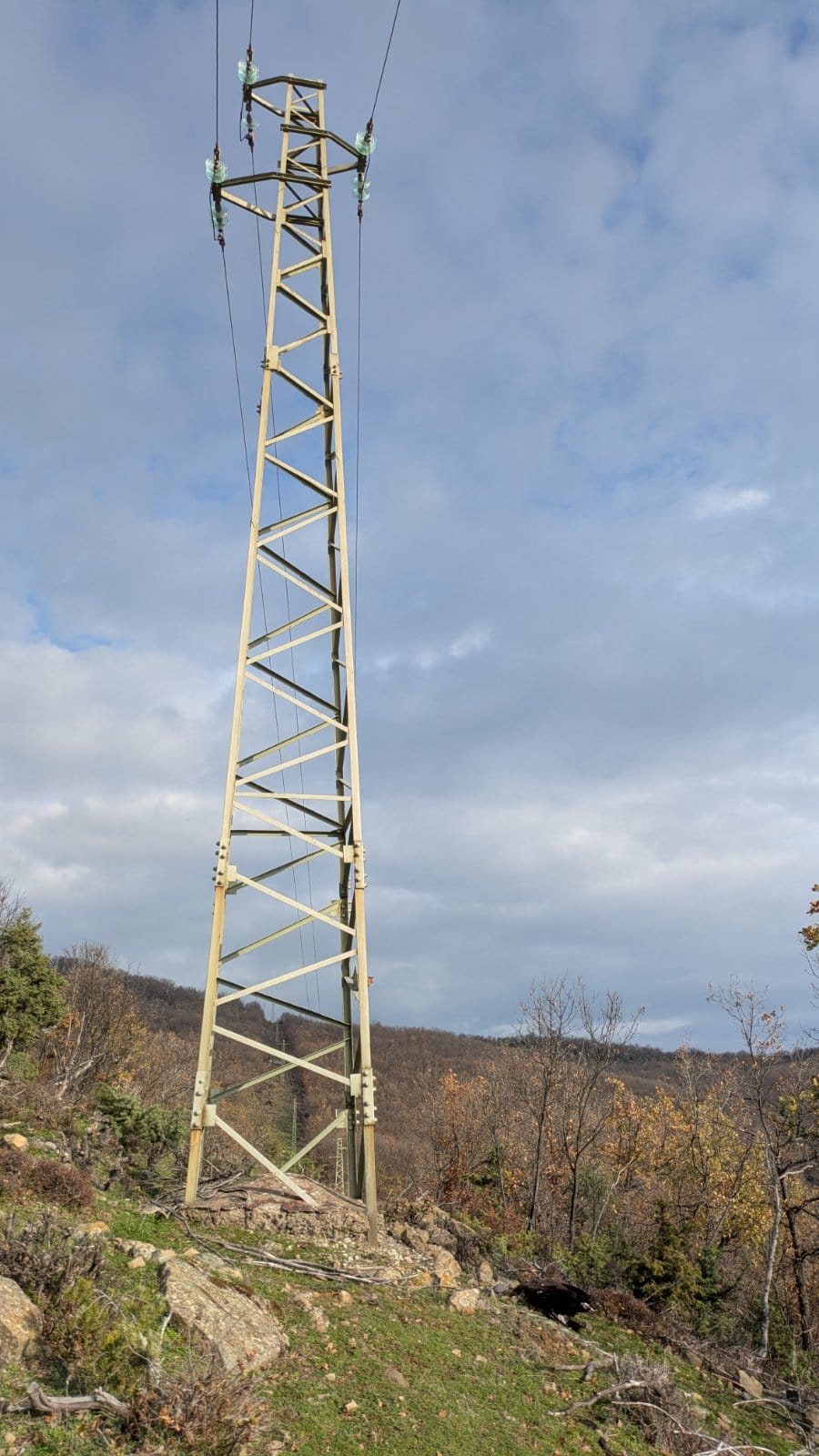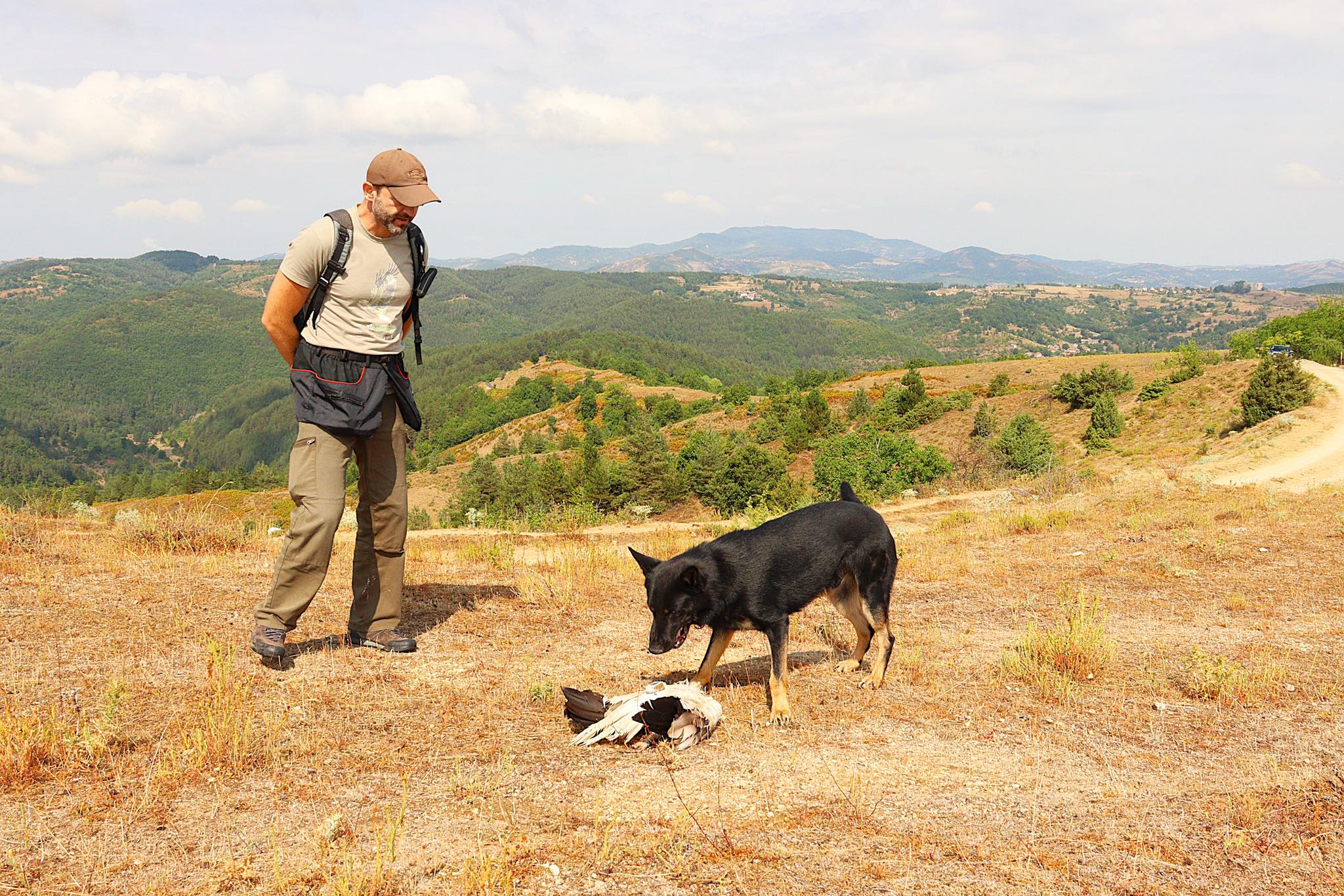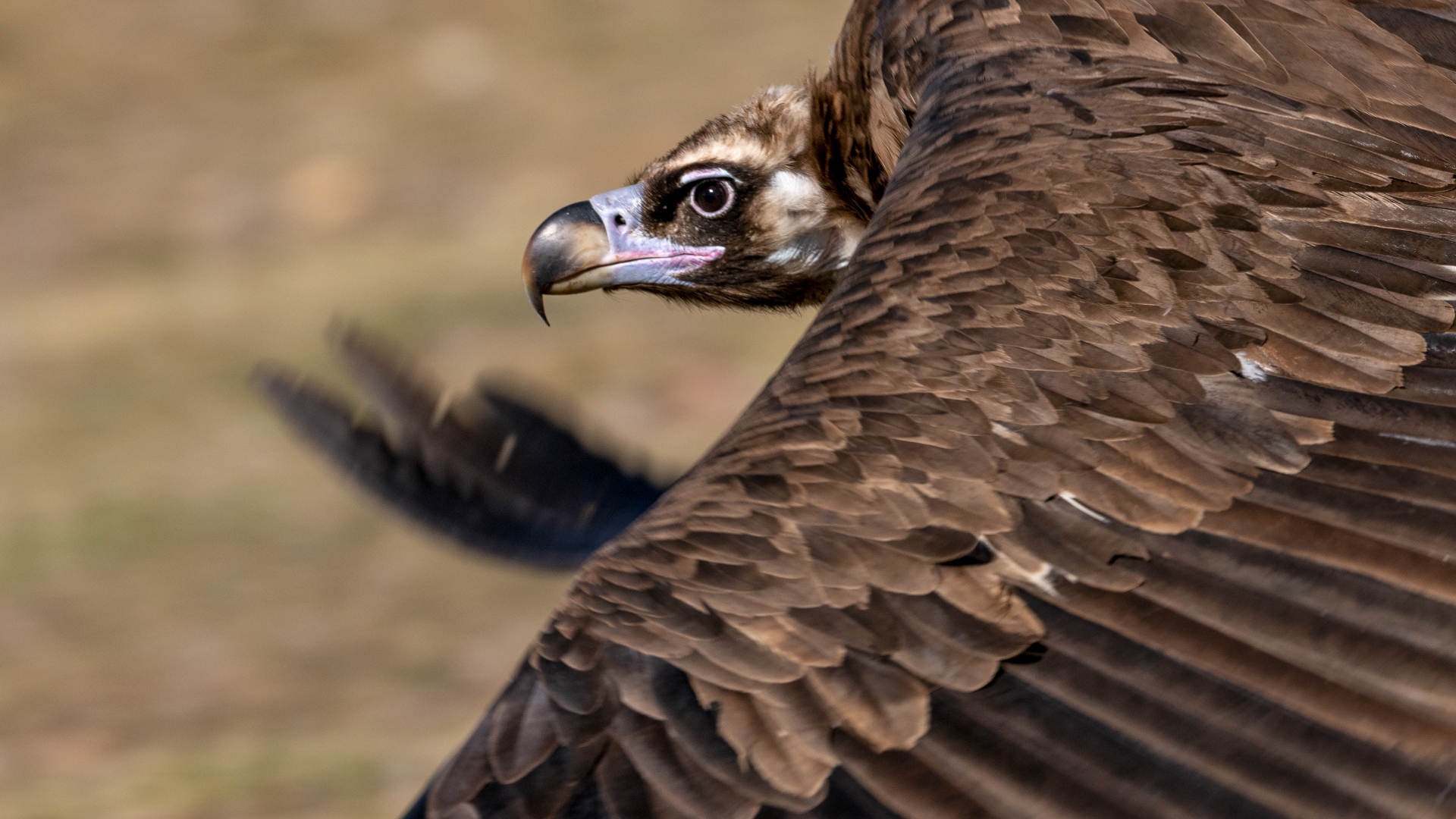A LIFE Rhodope Vulture project recently released six Cinereous Vultures in the Eastern Rhodope Mountains. This is the third release of the species in the region since 2022. It is a critical event within the continuous efforts to restore the species in the area.

The return of a lost scavenger
Once native to the Rhodope Mountains, Cinereous Vultures (Aegypius monachus) disappeared from Bulgaria more than 60 years ago. Their decline was driven by habitat loss, poisonings, and lack of food availability. To rewrite their story in the Eastern Rhodopes, in 2022 dedicated conservation and reintroduction initiatives began. The most recent release, the third since the initiatives started, brings the total number of Cinereous Vultures reintroduced in the area to 23.
The cross-boundary LIFE Rhodope Vulture project, that organised and supervised the release, aims to establish a new Cinereous Vultures colony in the Bulgarian Rhodope Mountains. At the same time, it works on the Greek side of the Rhodopes, protecting and supporting the only surviving Cinereous Vultures colony in Greece’s Dadia-Lefkimi-Soufli National Park.
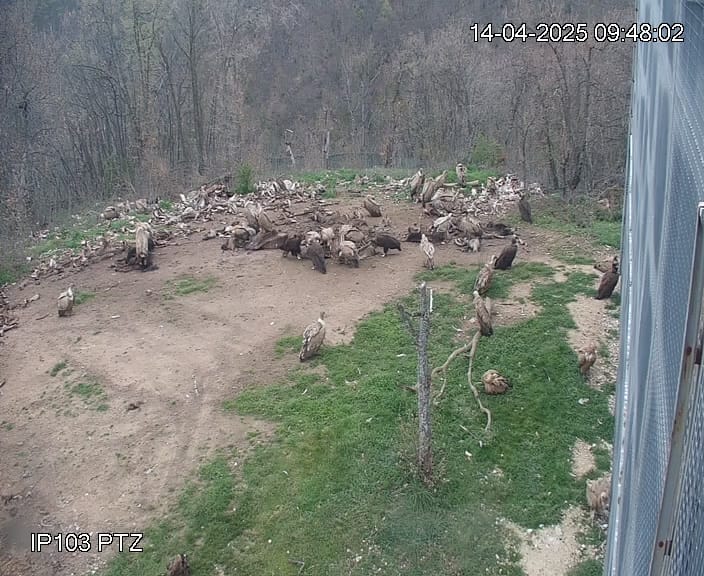
From Spain to Bulgaria: a cross-border effort
The released vultures came from Spain at the end of last summer and were provided by the Spanish NGO GREFA (Grupo de Rehabilitación de la Fauna Autóctona), which rescues and rehabilitates injured wild birds. They spent six months in an adaptation aviary between Madzharovo and Ivaylovgrad. This step drastically increases their chances of survival in the wild. In fact, it allows them to become familiar with their new habitat and observe other animals from a safe place.
Before release, the vultures underwent a health check and were tagged and equipped with GPS transmitters. These devices provide crucial information about the birds movements and health status. They have been proven essential both to study the species habits and improve conservation strategies, and to rescue injured or sick birds.
The reintroduction followed a soft-release method. The aviary was opened slowly, and the birds were given time to adjust and leave at their own pace. A team from the Bulgarian Society for the Protection of Birds (BSPB), coordinator of the LIFE Rhodope Vulture project, monitored the birds both through cameras and direct observation. In addition, they provided food for the vultures in a nearby safe area, to ensure the vultures are healthy and safe immediately after the release.
First steps for a brighter future
Every Cinereous Vulture released carries the weight of years of preparation, research, and teamwork. As they start their new life in the Eastern Rhodope Mountains, they carry hope for a new thriving population.
The journey is far from over. Long-term monitoring, local engagement, and continuous habitat restoration are key to ensuring the species’ survival. And while much work remains, this release proves that recovery is possible. With ongoing support and collaboration, the return of the Cinereous Vulture might soon be not just a milestone, but a lasting success.
LIFE Rhodope Vulture
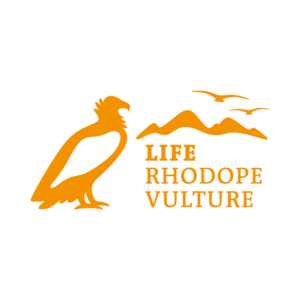
Co-funded by the Programa LIFE of the European Union and the Rewilding Europe, The LIFE Rhodope Vulture project is dedicated to the recovery of the Cinereous Vultures population in the Rhodope mountains, between Bulgaria and Greece. The project aims to increase food availability for the species and address human wildlife conflicts. It will reintroduce birds from Spain to establish a new colony in Bulgaria and conserve the Greek colony in Dadia-Lefkimi-Soufli National Park. Lastly, the project aims to foster cooperation among local businesses, conservation initiatives, and stakeholders, and raise awareness about the ecological benefits of Cinereous Vultures. The project duration is 5 years, from June 2024 to May 2029. The total budget is €4,160,118 Euro. It is coordinated by Bulgarian Society for the Protection of Birds (BSPB) with the participation of Rewilding Rhodopes Foundation. It also benefits from international collaboration, including the Vulture Conservation Foundation.

